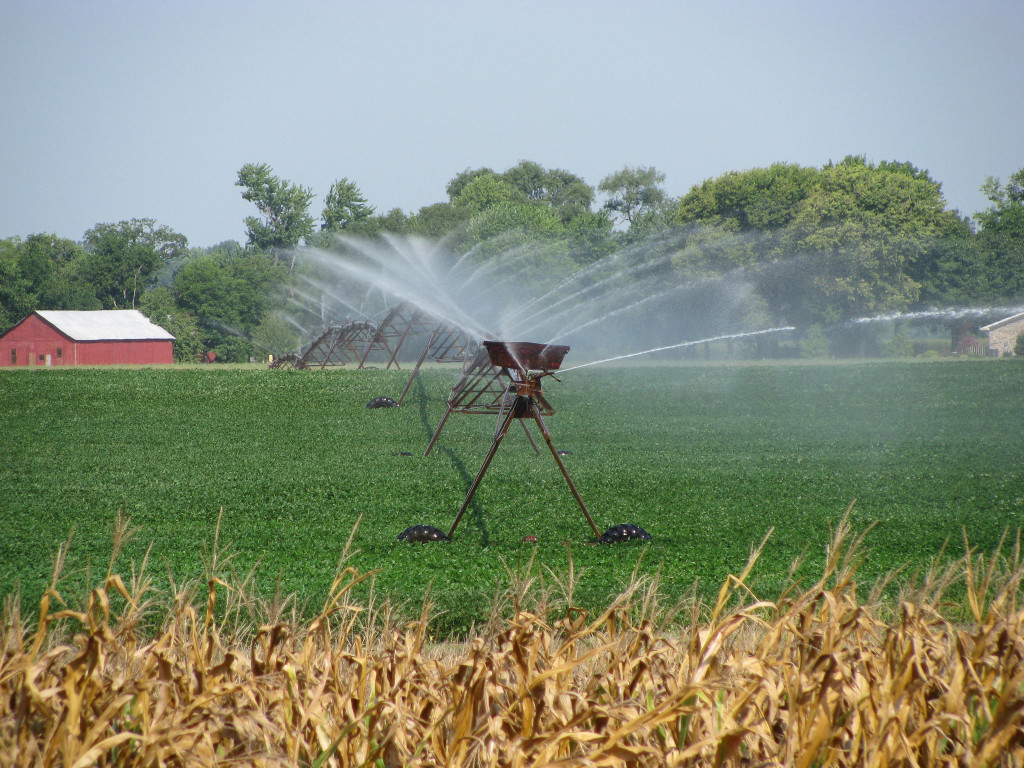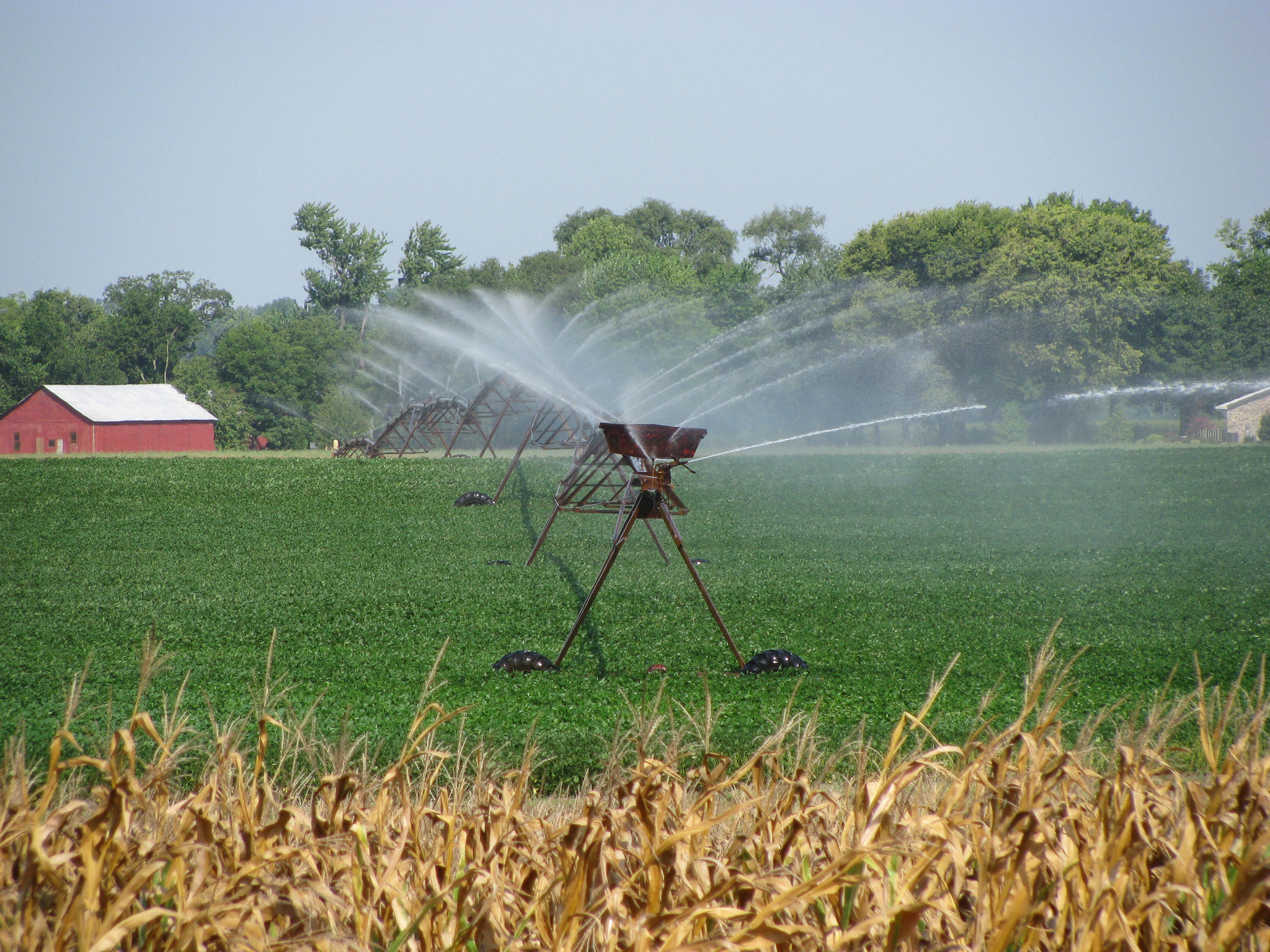
Water is essential for life and we use lots of it. What few of us think about is how much of our water use is hidden. This is the water used to produce the food we eat and the things we use in our daily lives. When this is added in, each person consumes between 500 and 1,300 gallons per day, or as much as 480,000 gallons a year, enough to fill an Olympic-sized swimming pool.
Where does all of this water go? Currently, about 90% of all freshwater used in the world goes into agriculture (70%) and industry (20%). Only about 10% of water use is for domestic purposes like drinking, bathing, washing and so forth.
As populations grow and western-style diets become more common, water usage is increasing dramatically. As a result, more and more of the world’s population faces potential water shortages.
Reducing water use and better water management in agriculture is an imperative in a world that is predicted to need 60% more food by 2050. Current production methods are simply not sustainable and there are genuine risks of food shortages, rising food prices, droughts and social unrest unless we can make more efficient use of water.
We are used to having all the water we need in our lives. Most of us haven’t experienced anything more daunting than restrictions on when we can turn on our sprinklers. But in a changing world, meeting our future needs for water will require political will, inventions, major investments, and lifestyle changes.
**********
.
Web Links
Experts warn global action is needed on water usage in food production
Photo, posted August 31, 2013, courtesy of S.D. Fourty via Flickr.
.
Earth Wise is a production of WAMC Northeast Public Radio.
